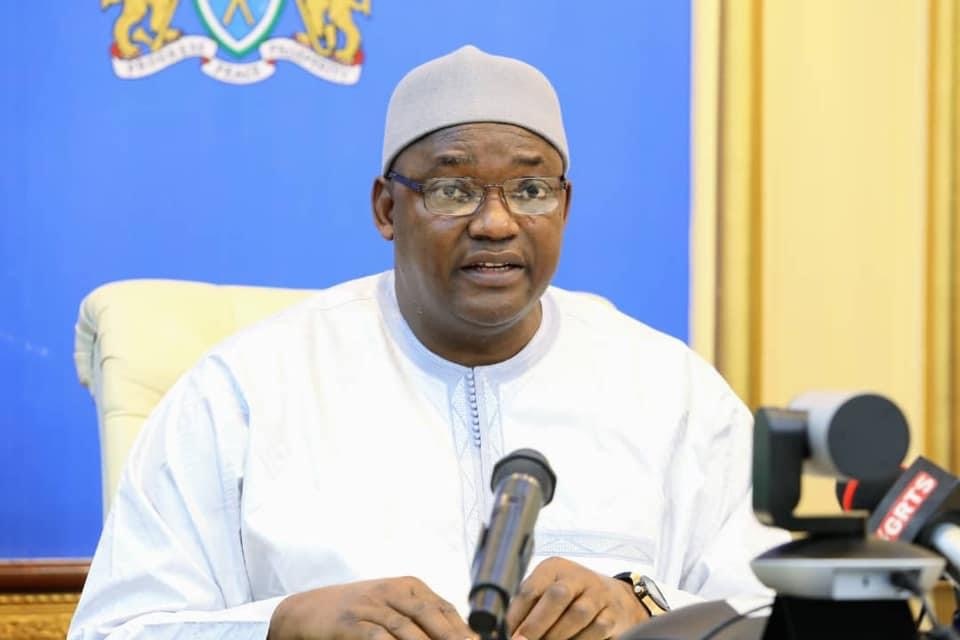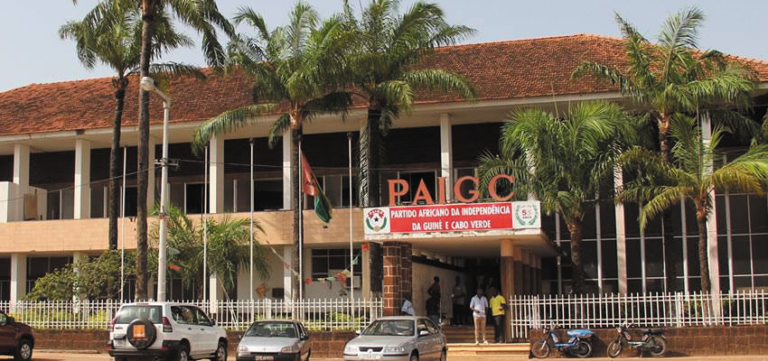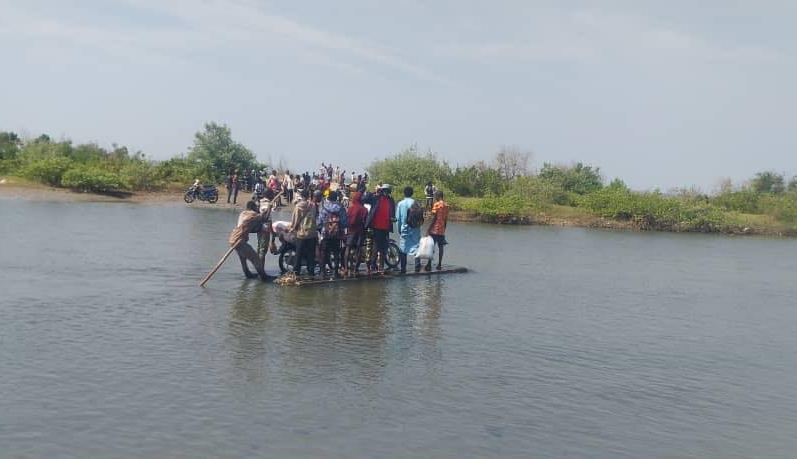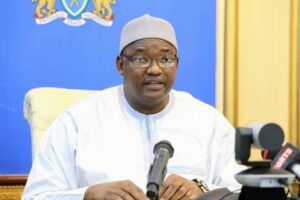Gambiaj.com – (BANJUL, The Gambia) – The Gambian government has received a substantial financial boost from its partnership with Africa50, following the signing of a concessional agreement for the management of the Senegambia Bridge. During a recent Question and Oral Answer session in the National Assembly, the Minister of Finance and Economic Affairs informed lawmakers that the country had secured $15.5 million as the first tranche of compensation under the Asset Recycling Program.
The money was received and deposited into a ring-fence account at the central bank. The agreement, signed with Transgambia Bridge Company Ltd, designates the newly formed entity as the responsible party for the management and operations of the Senegambia Bridge. The company, structured as a special purpose vehicle (SPV), is owned jointly by the Government of The Gambia, with a 12.5% stake, and Africa50, which holds an 87.5% share.
Addressing the Assembly, the Finance Minister highlighted the financial benefits of the partnership, stating that the funds, which have been deposited into a secure, ring-fenced account at the Central Bank of The Gambia, will be used to support the country’s development agenda. “This partnership allows us to leverage the value of the Senegambia Bridge while providing much-needed capital to fund other critical infrastructure and development projects,” the Minister explained.
The Asset Recycling Program, an initiative promoted by Africa50, enables governments to unlock capital tied up in existing public assets by attracting private sector investments. This model allows the government to monetize its stake in infrastructure assets while retaining ownership and control, generating significant funds for reinvestment in the economy.
The Minister assured lawmakers that the proceeds from the partnership would be managed transparently and in accordance with the government’s fiscal policy framework. He emphasized that the funds would be directed towards priority sectors such as health, education, and infrastructure development, which are key to improving the quality of life for Gambians.
“This initial $15.5 million is just the beginning. We expect further inflows from this program, which will greatly enhance our ability to fund the national development plan and meet the aspirations of our people,” the Minister noted.
The Senegambia Bridge, a key infrastructure project inaugurated in 2019, plays a crucial role in facilitating trade and transportation between The Gambia and Senegal. The partnership with Africa50 is expected to improve the bridge’s management and operational efficiency, ensuring its long-term sustainability and contribution to regional economic integration.
While some lawmakers raised concerns about the government’s reduced ownership stake in the SPV, the Minister reassured them that the partnership structure was designed to attract significant investment and expertise while ensuring that the government retains strategic oversight.
“The government’s stake in the Transgambia Bridge Company Ltd allows us to maintain a role in key decision-making processes while benefiting from Africa50’s management expertise and investment capacity,” he explained.
The partnership is part of the government’s broader strategy to engage in public-private partnerships (PPPs) that can unlock new revenue streams and reduce the fiscal burden of maintaining public infrastructure. The funds generated from the Asset Recycling Program are expected to be used to develop other high-impact projects across the country.
With this latest development, the Gambian government intends to demonstrate its commitment to innovative financing mechanisms that can drive economic growth and development. The Minister urged the National Assembly to support the government’s efforts to engage in similar partnerships, which he said are crucial for the country’s financial stability and development.
As the government continues to explore ways to optimize its assets and generate additional revenue, this partnership with Africa50 serves as a model for leveraging public infrastructure to achieve broader economic goals.










